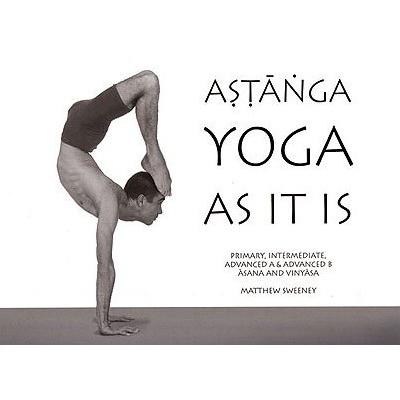Description
Jnana-Yoga, the Path of Knowledge, describes the essence of Vedanta philosophy – the wisdom of the Vedas, Upanishads, and the Bhagavad Gita in a modern scientific manner. Jnana-Yoga, along with Swami Vivekananda’s Karma-Yoga, Bhakti-Yoga, and Raja-Yoga, are considered classics and outstanding treatises on Hindu philosophy. The Swami’s deep spiritual insight, fervid eloquence, and broad human sympathy, shine forth in these works and offer inspiration to all spiritual seekers.
The Swami wished to create a bridge between the East and the West by bringing to America the gift of India’s ancient spirituality, in exchange for the scientific and industrial outlook of the West. After four years of traveling and teaching in America and Europe, the Swami returned to India, where he is revered as a “Patriot Saint.” The government of India has declared his birthday a national holiday.
In 1976 on the occasion of the American Bicentennial, Swami Vivekananda was honored by the Smithsonian Institution’s National Portrait Gallery as one who came to America from abroad during the past 200 years and made a significant impact on its spiritual development.
Upon his return to India, Swami Vivekananda founded The Ramakrishna Order of India in the name of his teacher, Sri Ramakrishna, who is regarded as the Prophet of Harmony of Religions. The Order is the pre-eminent religious organization of modern India. More than 1000 monks of the Order serve throughout the world.
While in the West the work is mainly in the form of conducting worship, teaching, writing and lecturing, in India the Order is widely known for its vast charitable activities — running hospitals and schools, rural uplift, and extensive relief work in times of emergency. The Swamis of the Order work tirelessly in the spirit of “Service of God in Man,” regarding the service of all people as a veritable form of worship.
The Centers of the Order in America, often referred to by such names as Ramakrishna or Vivekananda Centers, or Vedanta Societies, were first organized by Swami Vivekananda for the propagation of the Swami’s teachings.
Today there are Centers in many of America’s major cities, including New York, Boston, Providence, Chicago, St. Louis, Seattle, Portland, San Francisco, Berkeley, Sacramento, and Hollywood. Because of their belief in the underlying truth of all religions, the Centers of the Ramakrishna Order are at the forefront of the Interfaith Movement. (Publisher’s comments written by Swami Adiswarananda, Spiritual Leader, Ramakrishna-Vivekananda Center of New York).
– Mahatma Gandhi
To convey Hindu meanings in English words is exceedingly difficult. The difficulty arises from the fact that the reader inevitably reads modern western, rather than ancient Hindu, meanings into the English words. The problem of any expositor or translator, therefore, is that of so wording the English translation of the Hindu doctrines that the Western philosophical or psychological meanings of the English words will not be introduced to the reader. Especially in his exposition of Jnana-Yoga, Vivekananda showed himself to be the expert in this.
– F.S.C. Northrop, Yale University
Vivekananda is one of the very greatest historical figures that India has ever produced. When one sees the full range of his mind, one is astounded.
– Christopher Isherwood, author
This book brings together the main teachings of Swami Vivekananda in an easily accessible and readable form. I hope that in these days of uncertainty and confusion of mind Vivekananda’s teachings may prove an enlightenment to many troubled souls.
– S. Radhakrishnan, author, philosopher, and former Vice-president of the Indian Republic
- Dimensions: 5″ x 8″
- Pages: 336






Reviews
There are no reviews yet.